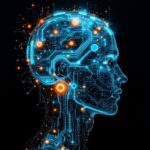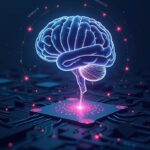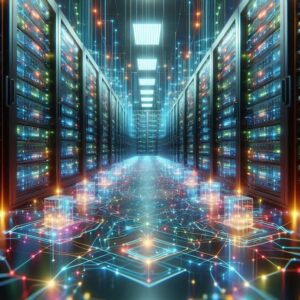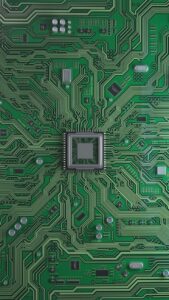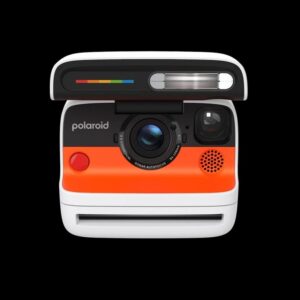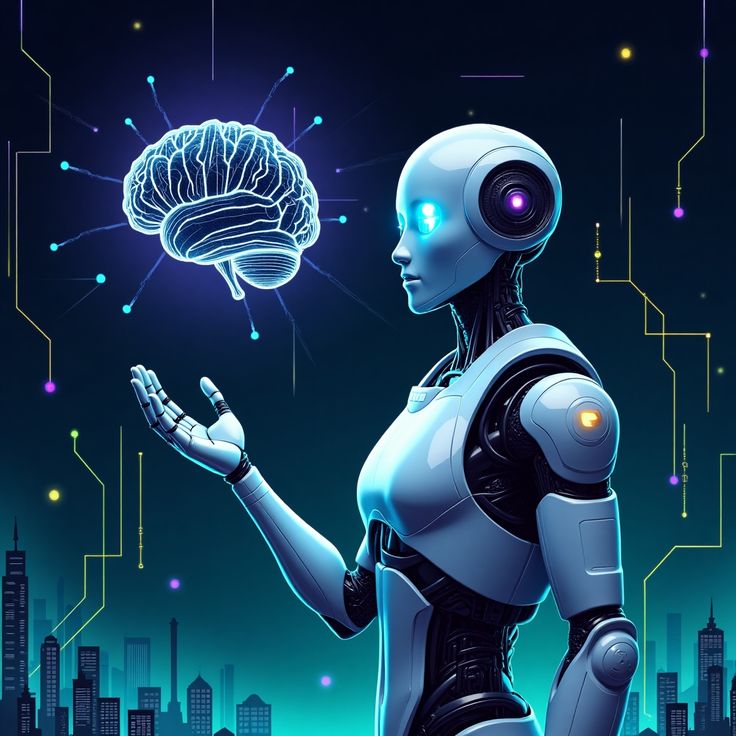
Imagine a world where technology doesn’t just respond to us—it evolves with us, adapts to our bodies, and even becomes part of our biology.
This isn’t science fiction. It’s the emerging reality of living intelligence—a convergence of artificial intelligence (AI), biotechnology, and sensors that’s transforming how we interact with machines and, more importantly, how we care for ourselves.
From AI-driven prosthetics that restore movement and sensation to wearable biosensors that predict illnesses before symptoms appear, living intelligence is pushing the boundaries of what’s possible.
What Is Living Intelligence?
Living intelligence refers to systems where AI, biotech, and sensors interact like biological organisms. These systems can:
- Learn and adapt using AI algorithms
- Sense and respond to the environment via biosensors
- Mimic or integrate with human tissue using biotech
For example, closed-loop insulin pumps use sensors to track blood glucose, AI to predict changes, and biotech to adjust insulin levels—functioning like an artificial pancreas.
AI-Powered Prosthetics: A New Era of Human Enhancement
Today’s prosthetics are no longer passive tools. They’re smart limbs powered by machine learning and myoelectric sensors. These prosthetics not only move in response to muscle signals but can also learn a user’s gait over time, making walking or climbing stairs feel natural.
Even more impressively, researchers are integrating sensory feedback, allowing users to feel pressure and temperature through their artificial limbs. This two-way communication between the brain and the machine represents a major leap in neuroprosthetics.
Wearable Biosensors: Health Monitoring in Real-Time
The average fitness tracker is just the beginning. The latest wearable biosensors track everything from heart rhythms to biochemical markers—and they’re getting smarter every year.
Examples include:
- Continuous Glucose Monitors (CGMs) paired with AI-powered insulin pumps
- Smart ECG patches that detect irregular heartbeats and warn users early
- Wearable hospital monitors for post-surgery recovery at home
These devices not only collect data but also analyse it in real-time, often alerting healthcare providers or triggering preventative actions automatically.
Biohybrid Breakthroughs: When AI Designs Living Systems
AI is now helping to create living robots, like Xenobots, tiny biological machines built from frog cells using AI-generated blueprints. These bots can move, carry materials, and even self-replicate, opening new frontiers in biocompatible design and environmental cleanup.
In tissue engineering, AI-powered bioreactors are growing human heart tissue by optimising nutrient flows and environmental conditions. This tech could revolutionise organ transplants and regenerative medicine.
Brain-Computer Interfaces: Thoughts in Action
One of the most profound fusions of AI and biotech is happening in the brain. Brain-computer interfaces (BCIs) now allow people to control computers—and even speech avatars—just by thinking.
Case in point: a woman paralysed for 18 years was able to communicate via a digital avatar, thanks to an implant that decoded her brain signals. The system combined:
- AI (to interpret brain activity)
- Biotech (a neural implant)
- Sensors (to detect thought patterns)
This is the beginning of mind-controlled tech that could restore speech, movement, and interaction.
Beyond Medicine: Smart Clothing, AR, and Environmental Sensing
Living intelligence extends beyond healthcare:
- Smart clothing monitors posture and muscle engagement
- AR glasses track eye movement and stress levels
- Plant nanobionics embed sensors into crops for precision farming
- Biocomputers use living cells to perform computations
These innovations reflect a shift from external tools to integrated enhancements, where your shirt, your glasses, or even your garden can interact with and adapt to your needs.
Ethical Implications of Living Intelligence
As we integrate AI and biotech into our lives and bodies, several ethical concerns arise:
- Privacy and data ownership: Who controls your health data from wearable sensors?
- Security: Can implants or smart devices be hacked?
- Inequality: Will only the wealthy afford bio-integrated upgrades?
- Neuro-rights: Should brain data be legally protected?
- Bioethics: How do we regulate semi-living tech like Xenobots?
Policymakers, tech developers, and society must collaborate to ensure living intelligence is used responsibly, equitably, and ethically.
The Road Ahead: What to Expect
In the next decade, we can expect:
- Smaller, smarter, more integrated medical devices
- Mainstream brain-computer interfaces
- Personalised implants and organ printing
- AI-augmented agriculture and environmental monitoring
- Hybrid biocomputers combining silicon with lab-grown neurons
These technologies promise not just better health, but new ways of living, learning, and connecting with the world.
Conclusion: A Future Designed with Life in Mind
The convergence of AI, biotechnology, and smart sensors is reshaping our world. Whether it’s restoring lost abilities, enhancing daily life, or creating eco-friendly solutions, living intelligence signals a shift toward a future where technology works in harmony with biology.
The challenge lies not in the science but in ensuring these breakthroughs are inclusive, safe, and aligned with human values. If we get it right, we’ll move into an era where tech doesn’t just serve us—it grows with us.
Contact Cloud Technology Hub for a strategy consultation, or subscribe to our newsletter for cloud savings tips.

